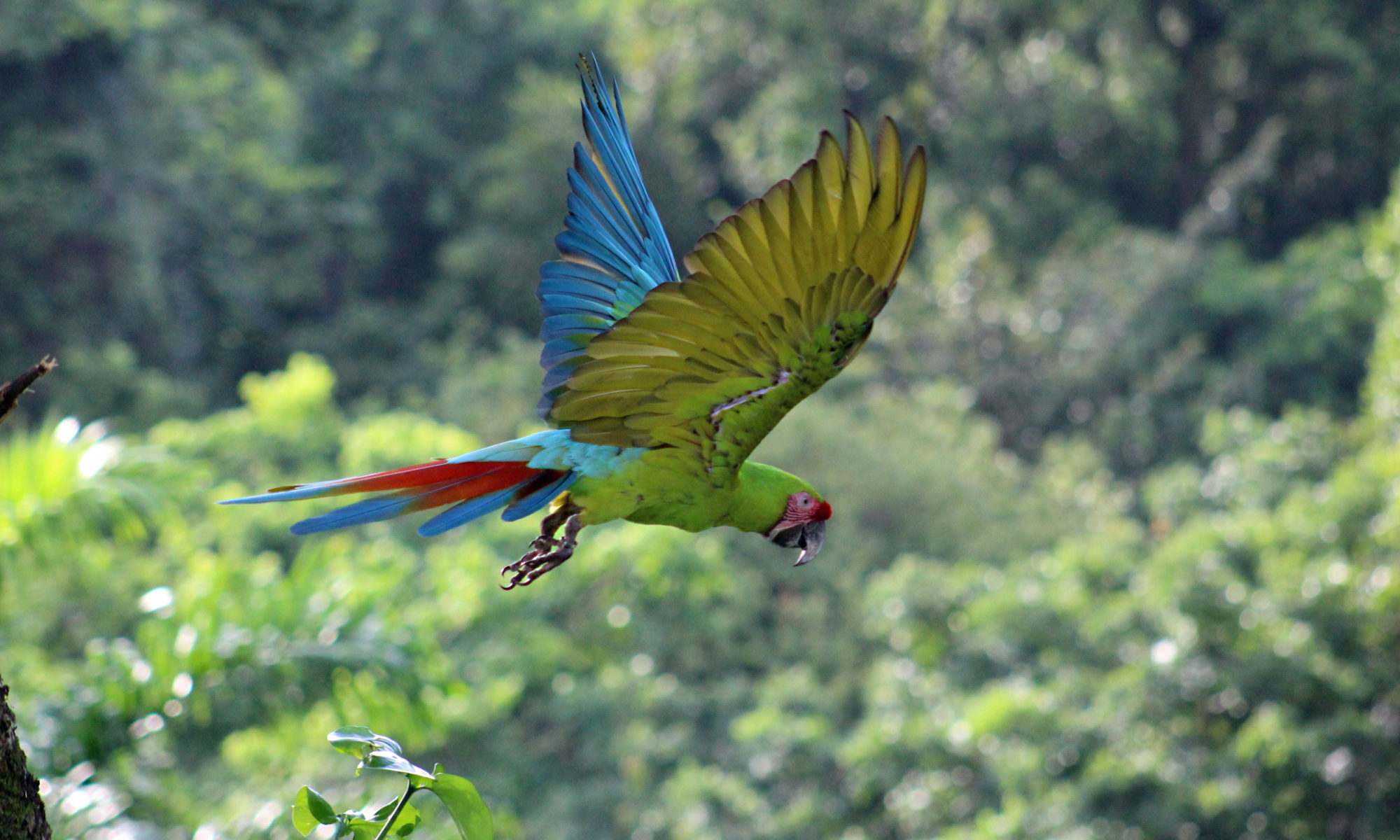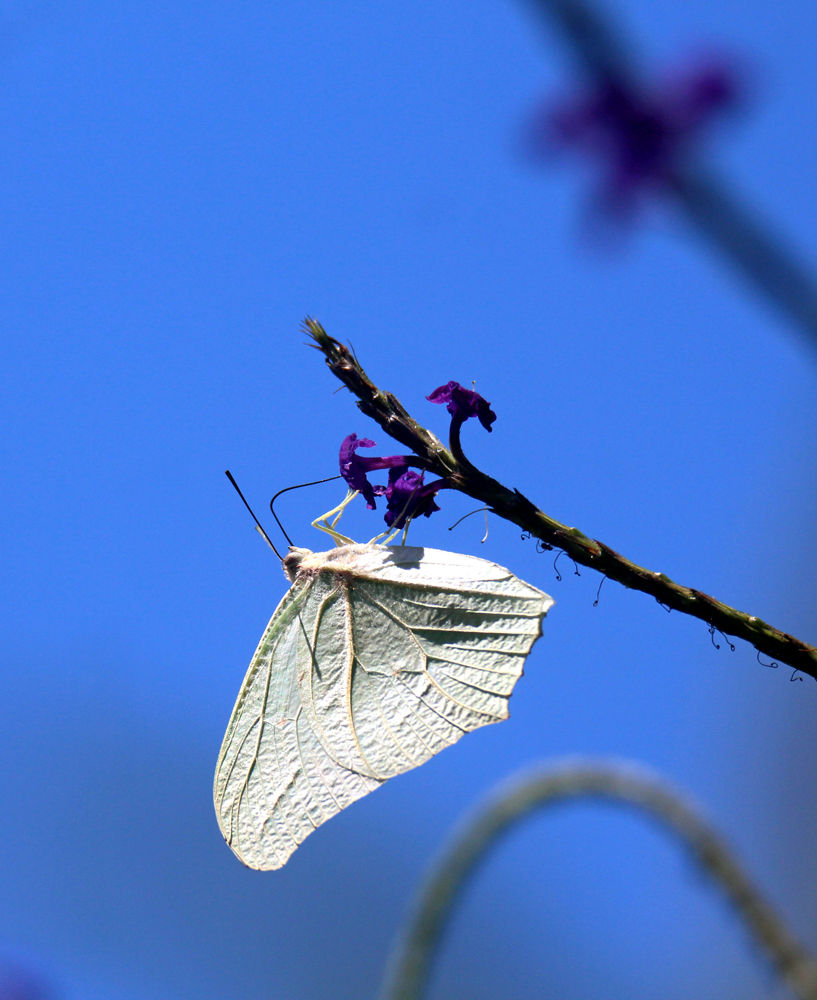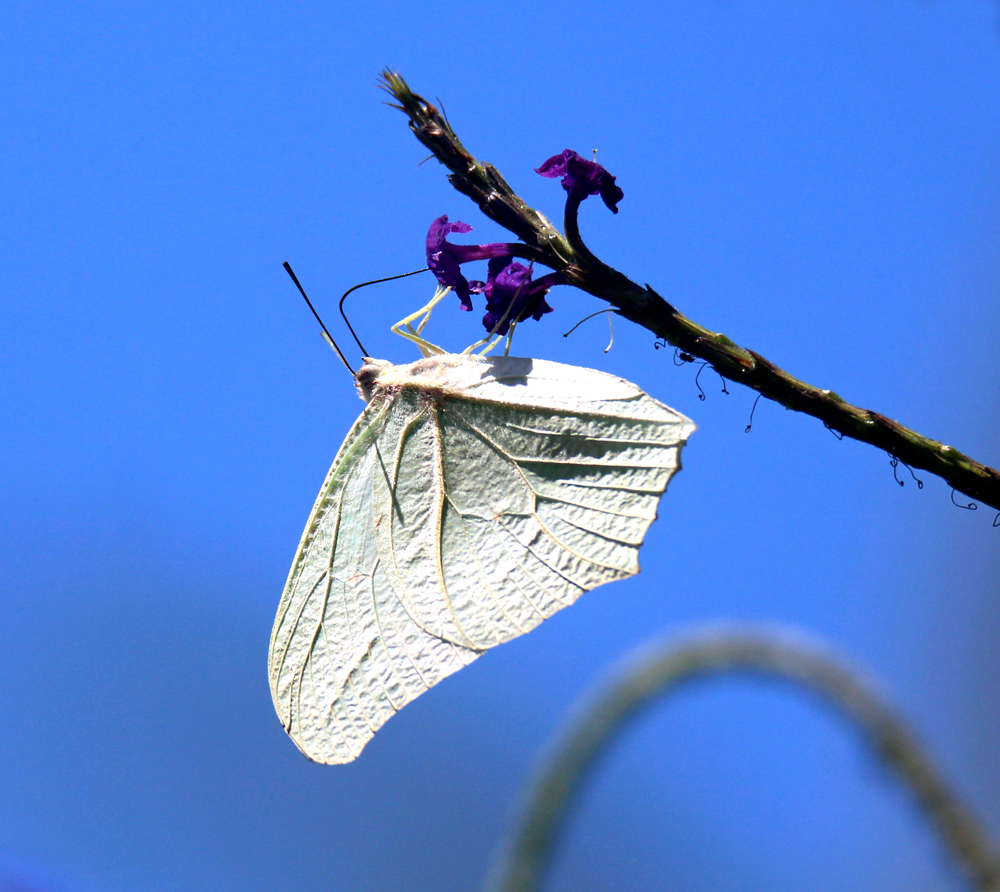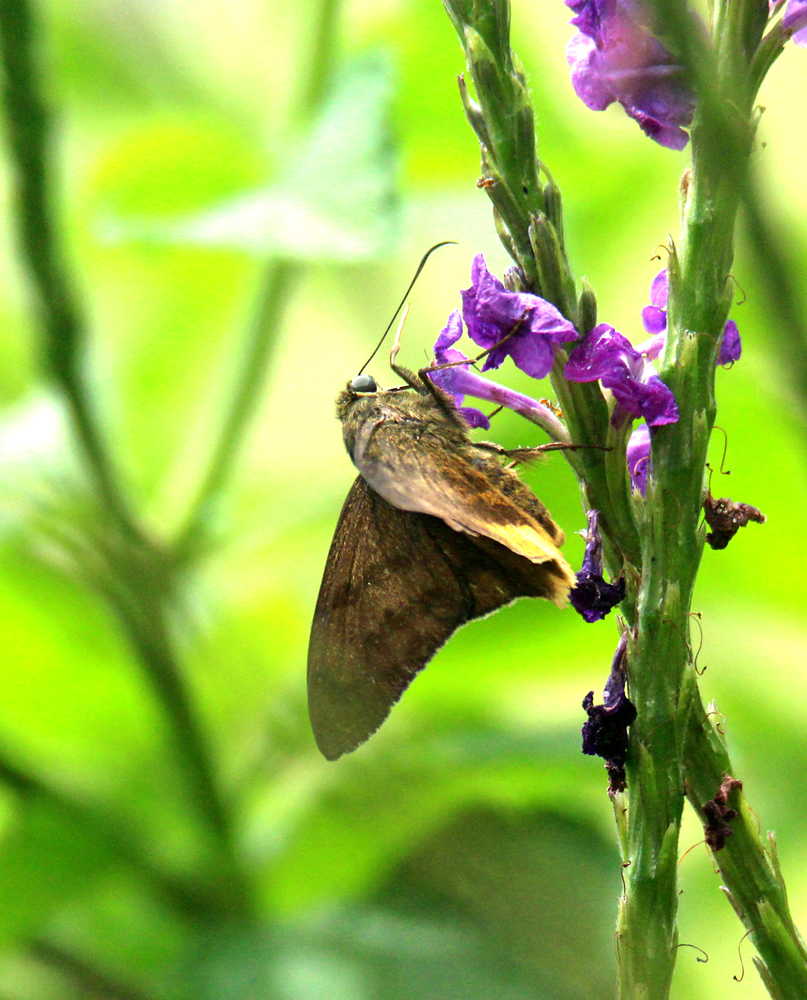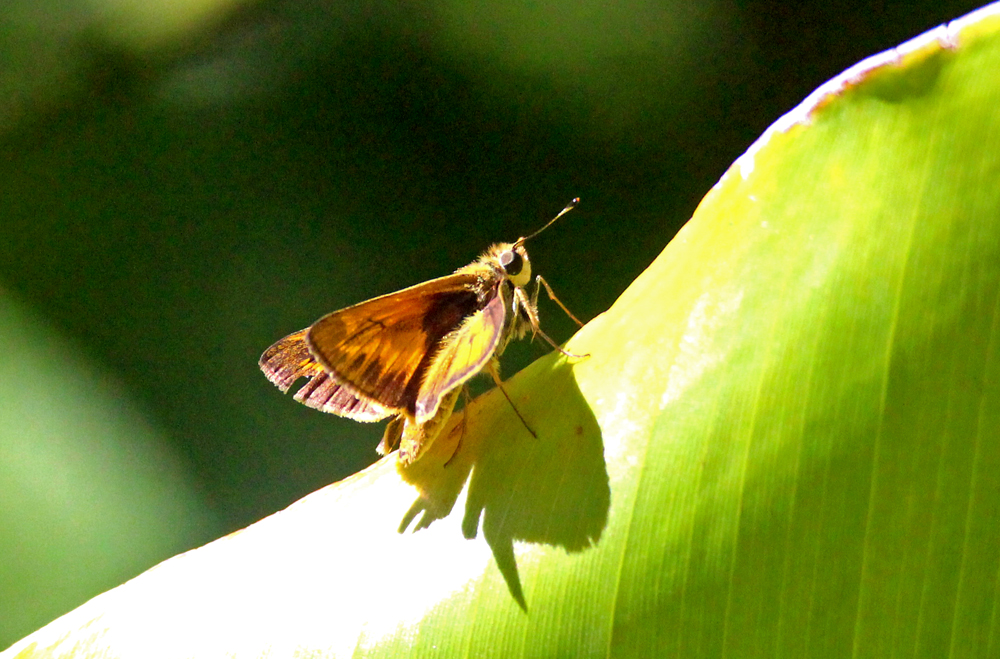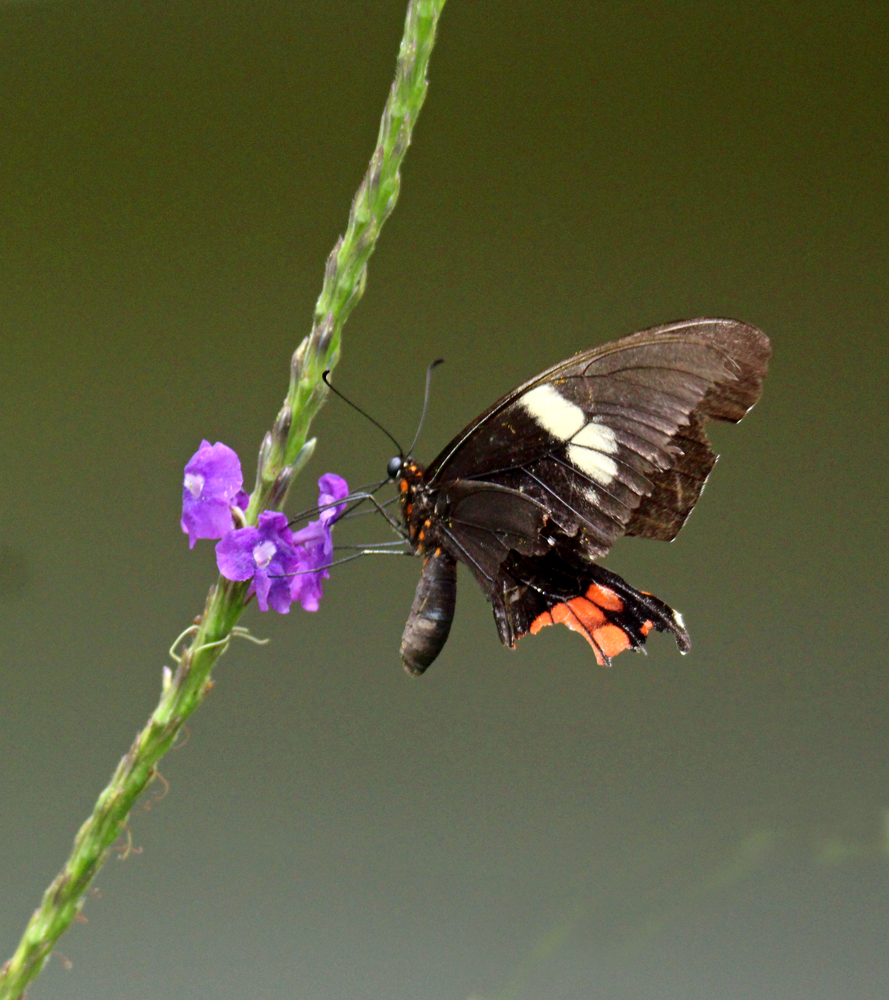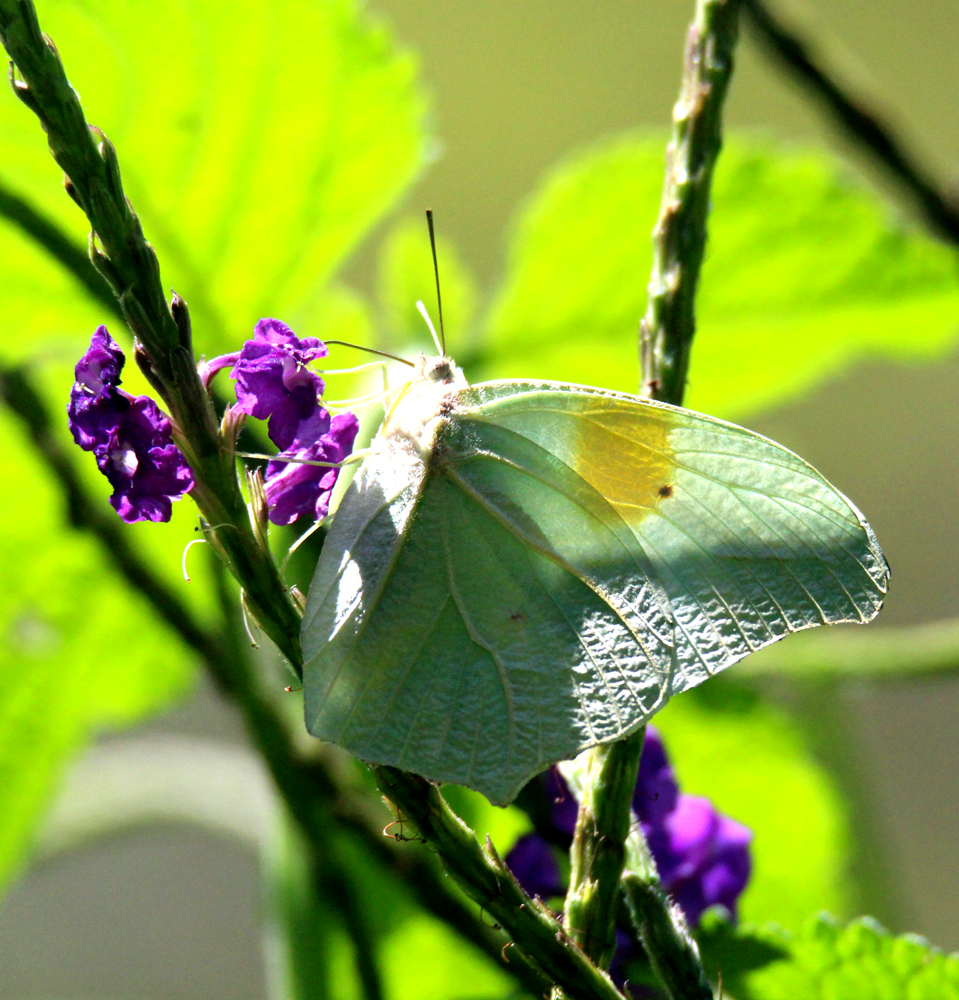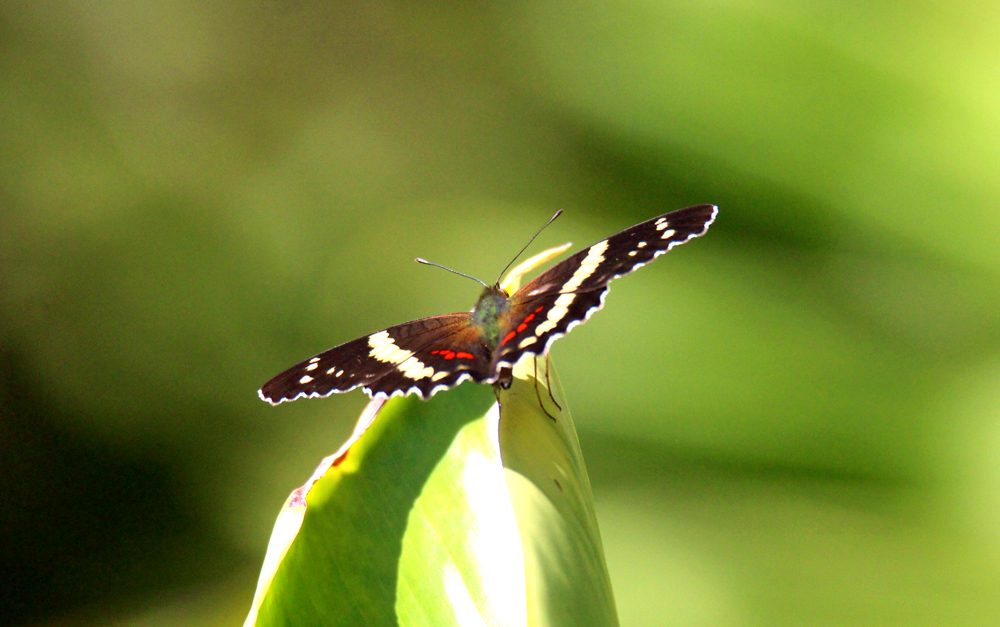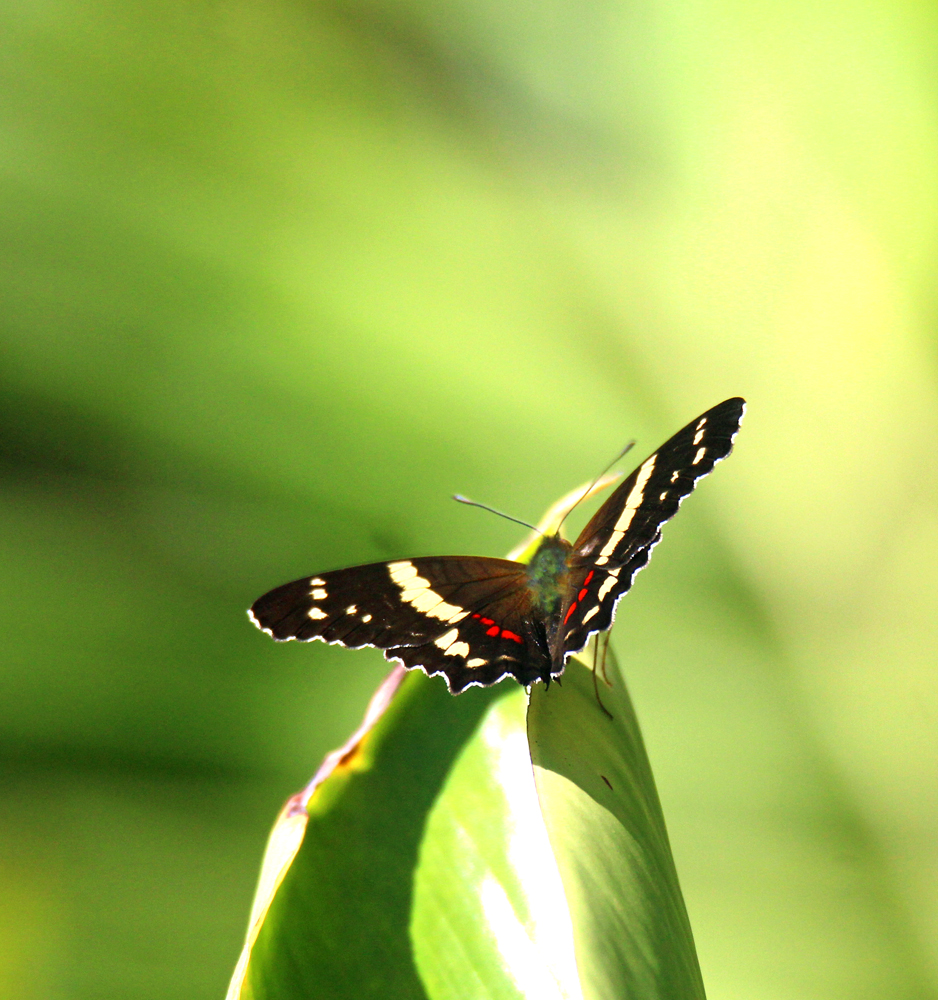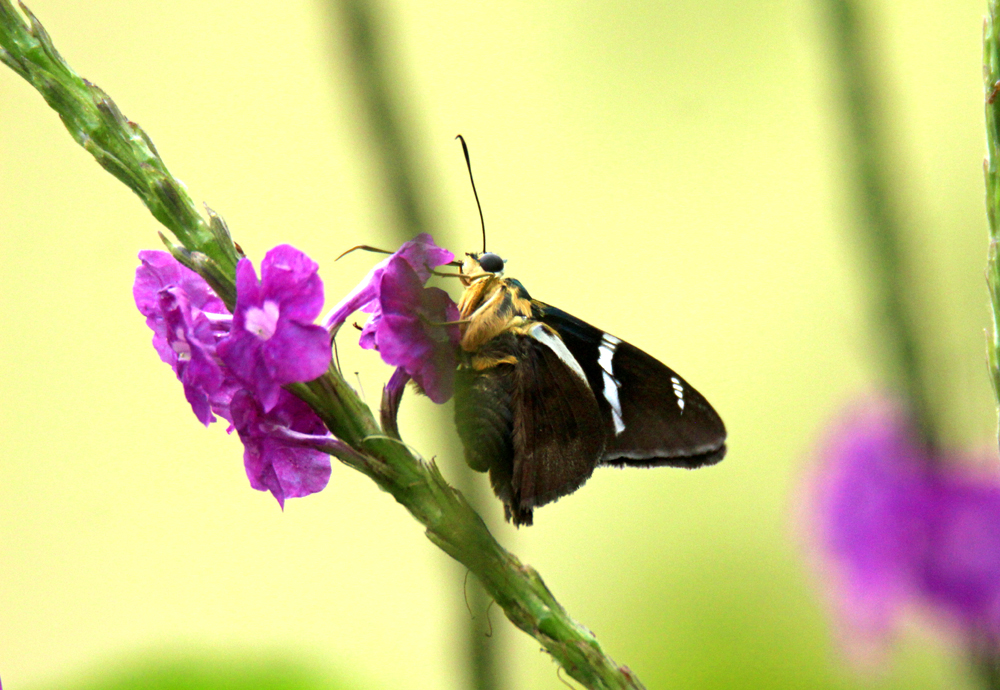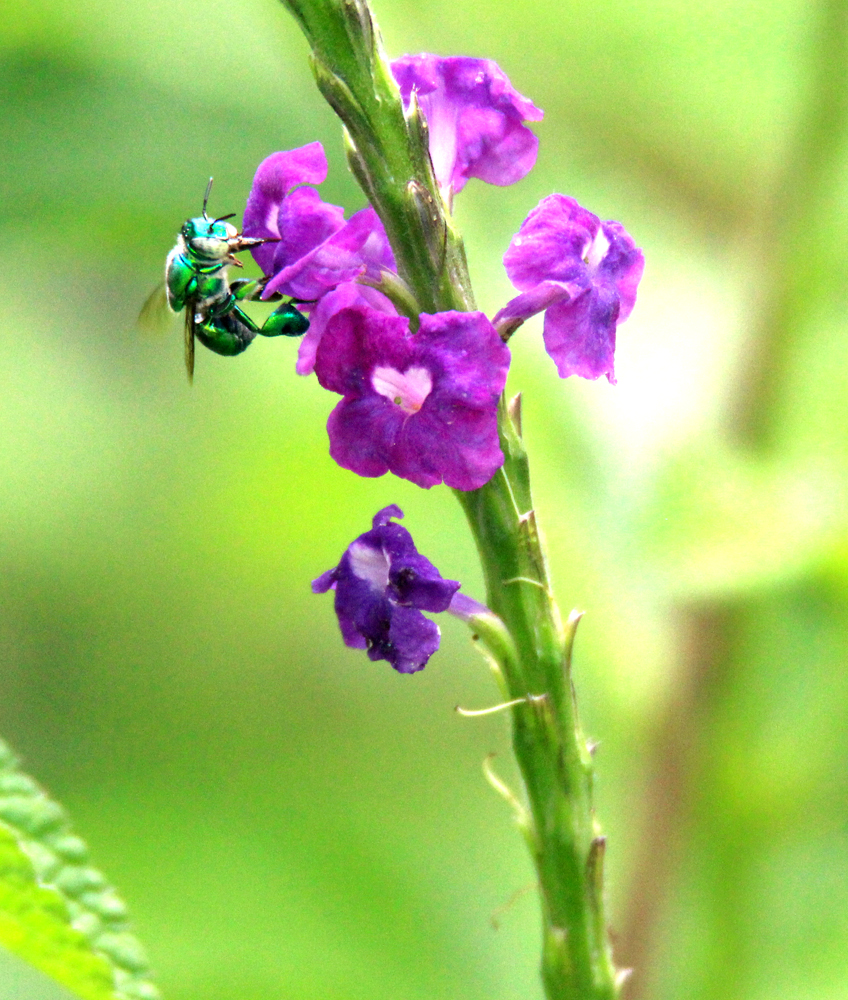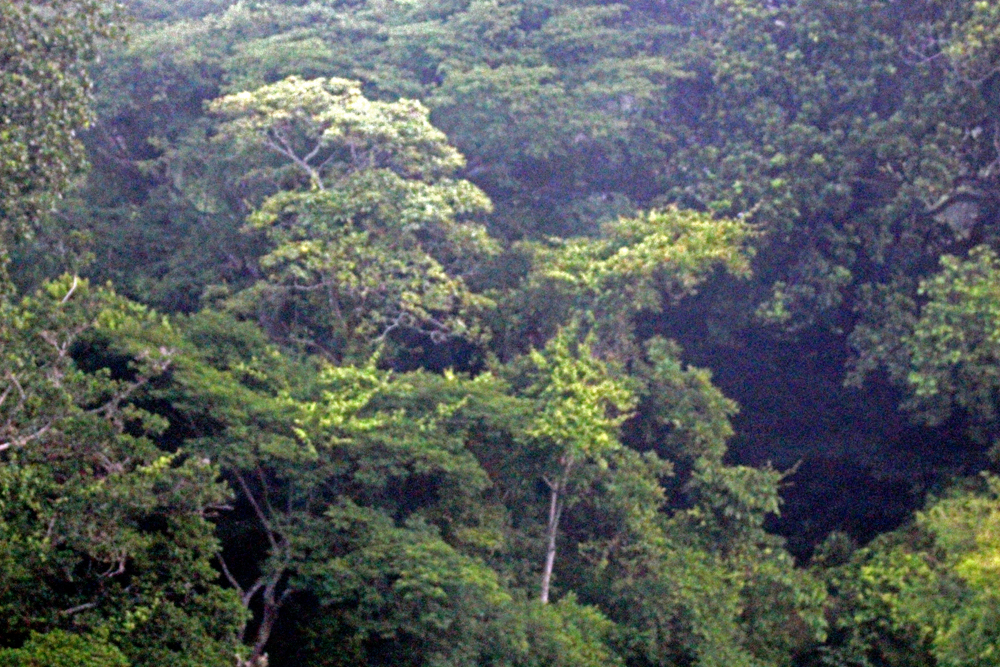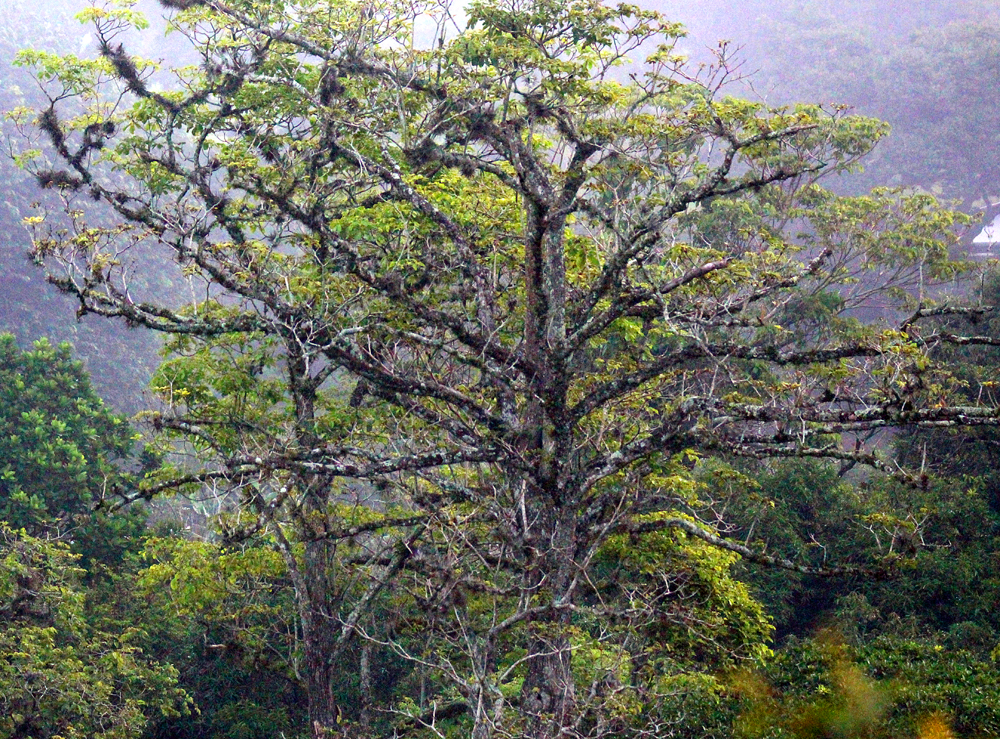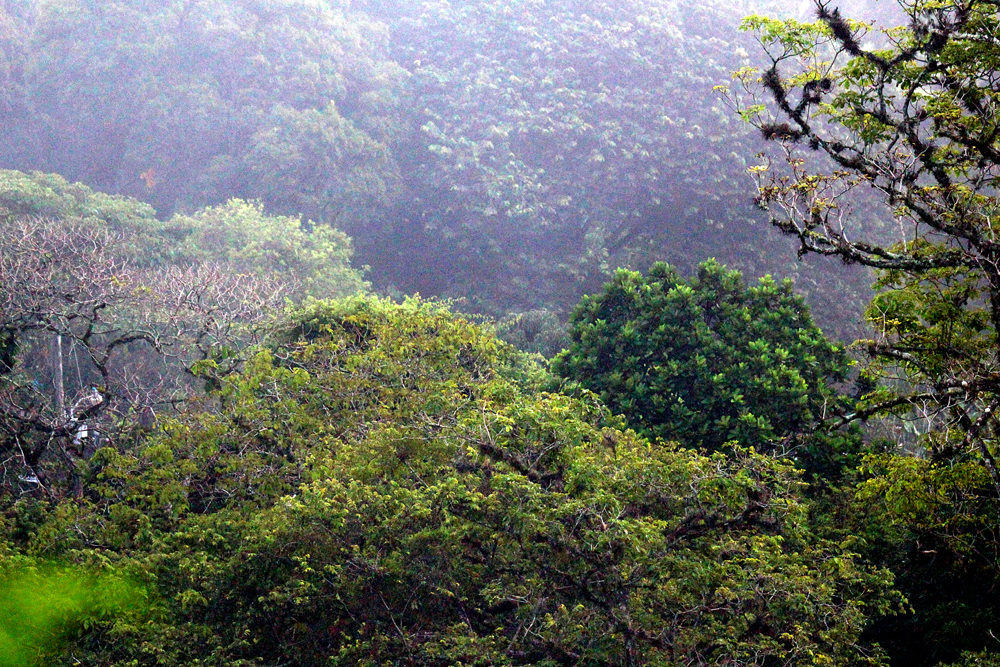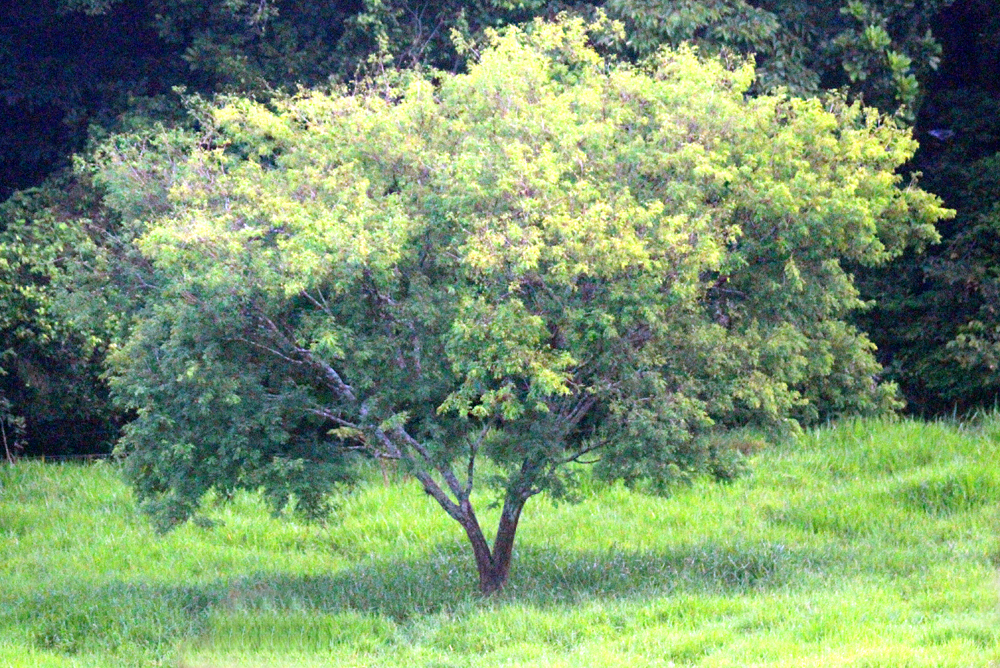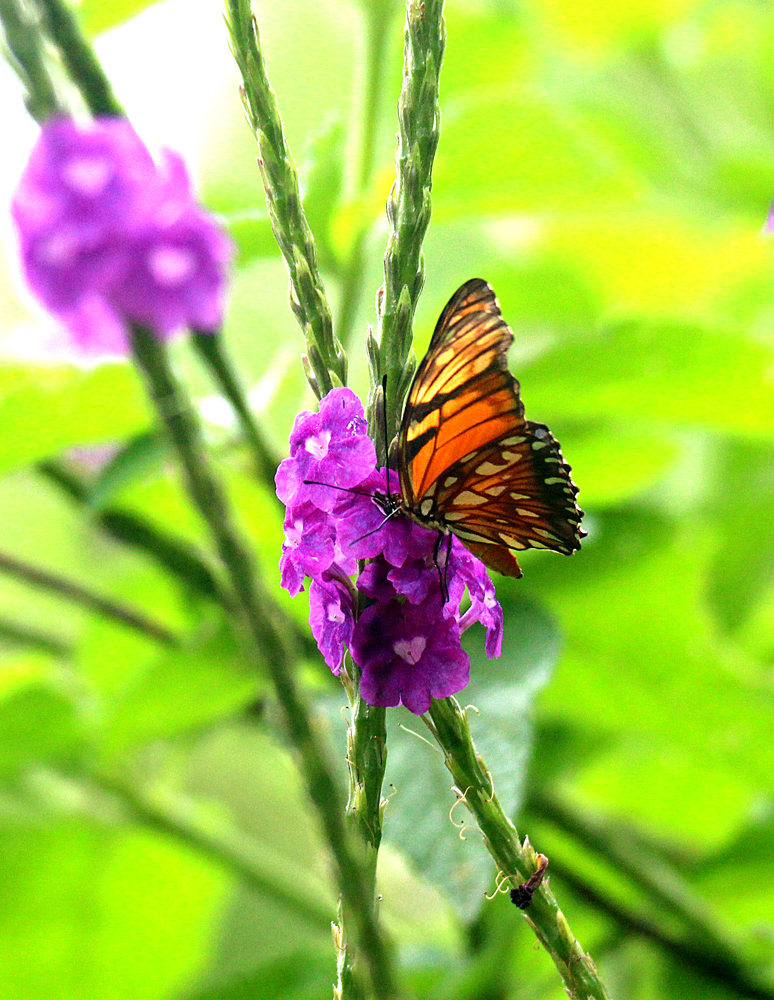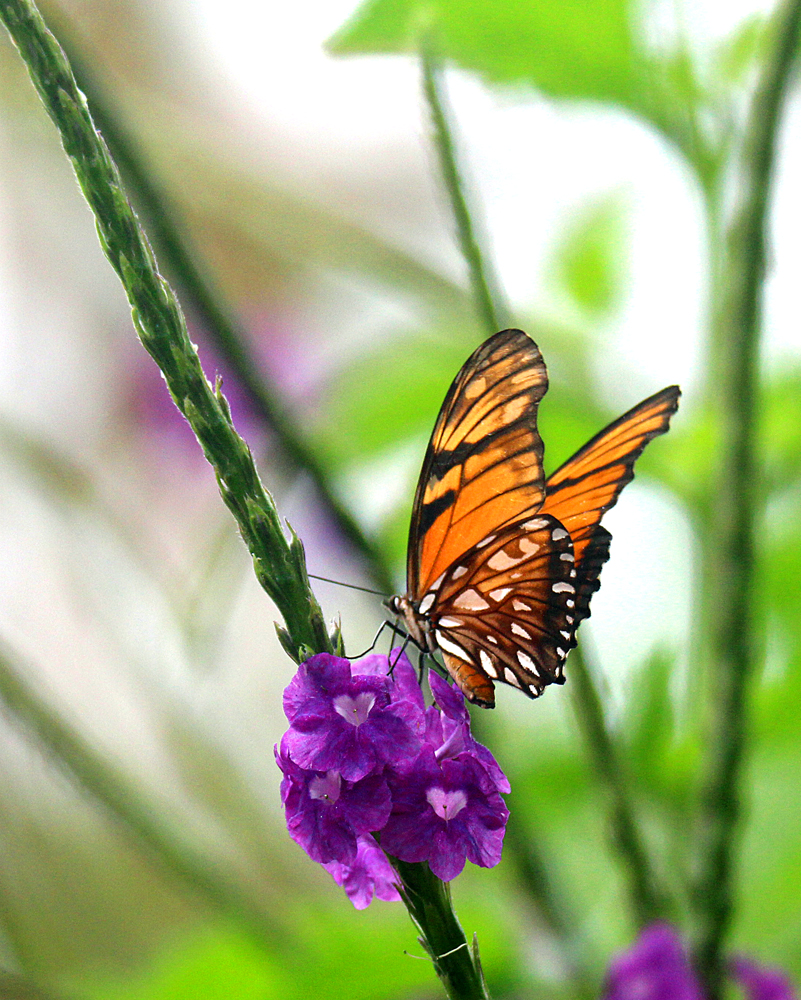Another new one today! And like those Skippers, I can’t identify with my books or the internet. This one is possibly a moth but not necessarily! 🙂 Since June 24 I’ve been trying to photo a new/different butterfly every day. I missed 3 days, but have posted 10 almost in a row and all 10 different. 🙂 Doesn’t take much to entertain me! 🙂 And that shows the vairety of butterflies in my garden!
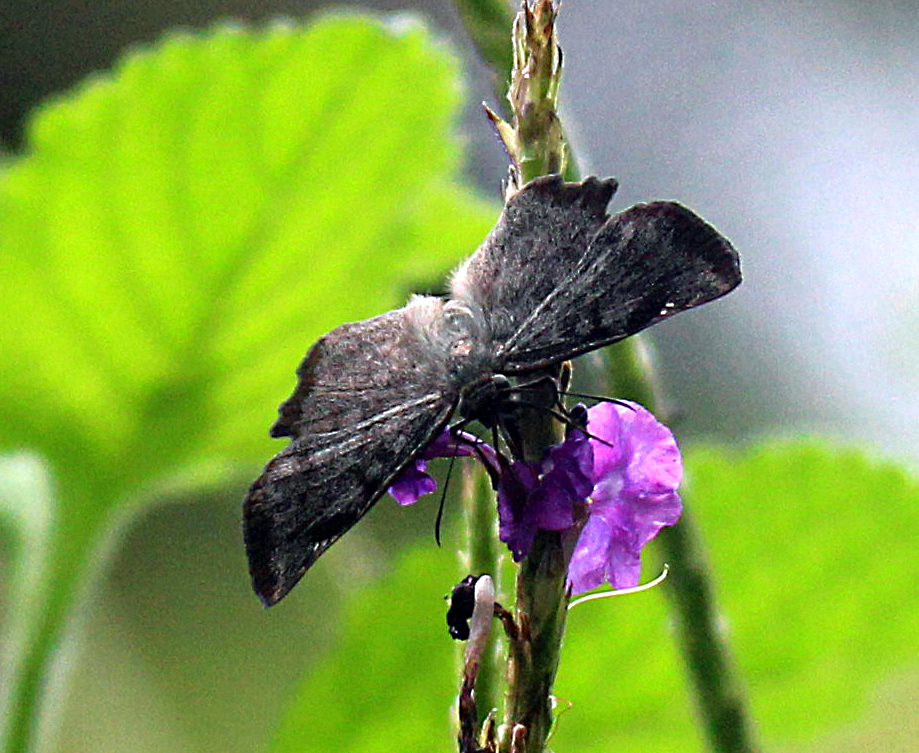
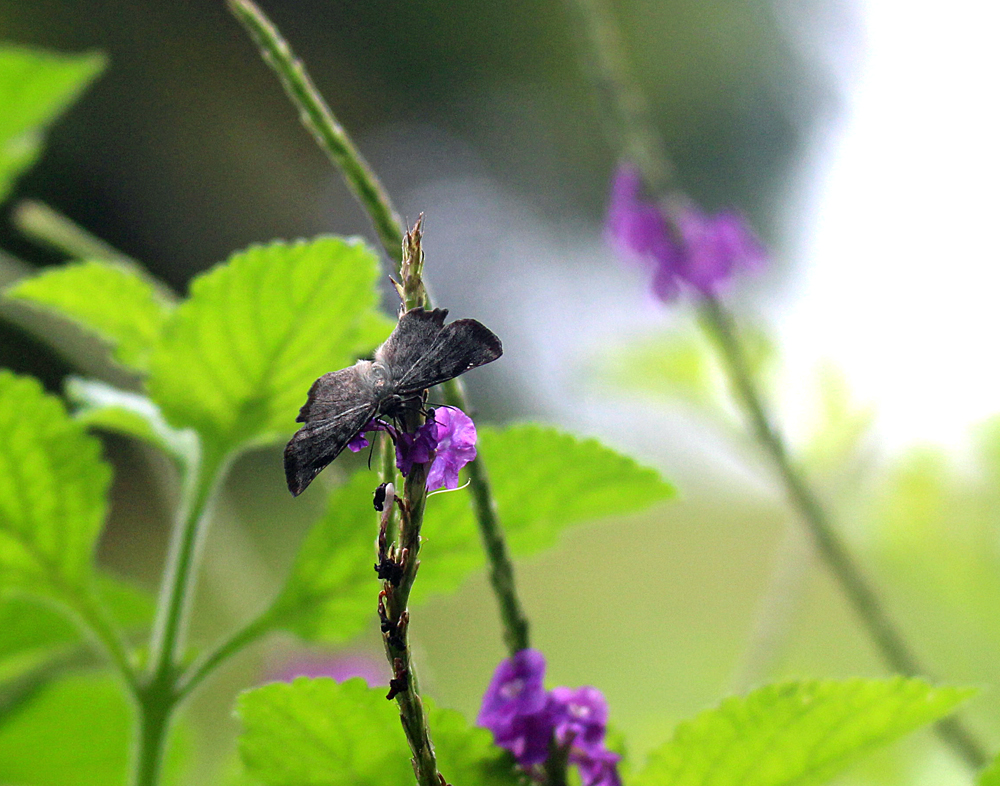
¡Pura Vida!
I’m going to put this one in my Unidentified Moths Gallery, but you will see almost similar in my Unidentified Skippers Gallery and some identified Skipper Galleries. Or peruse all my Costa Rica Butterflies & Moths Gallery.
